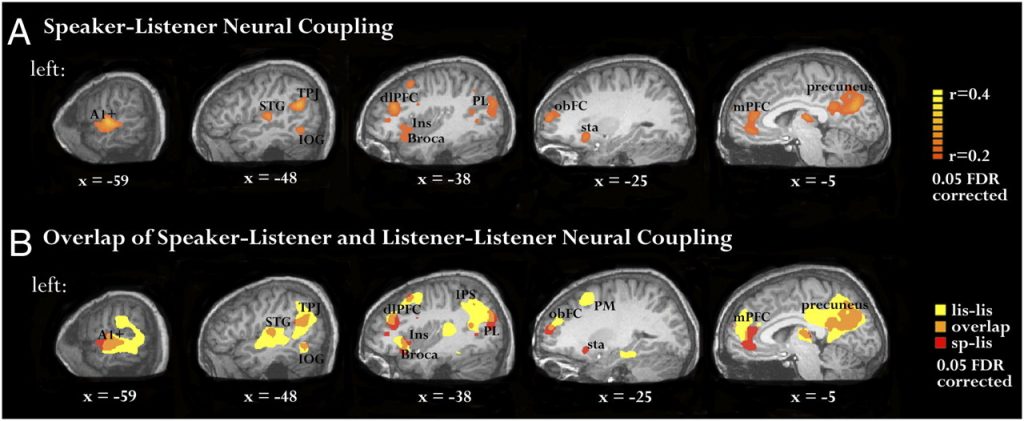
“The hard stuff is easy and the soft stuff is hard.” 1
This may have been true for Milliken in the 90s, but the things we call “soft” and “hard” have changed. There’s been a burgeoning interest in applying neuroscience and psychology to business for just that reason.
Take relationships, for instance.
 We have spent over 30 years helping people and companies leverage their business relationships so they can grow and succeed. As a result of three decades of client collaboration and research, we have arrived at a number of principles that help people unleash the power of relationships. These principles, or the 5 Keys, have been used by a number of organizations across a broad range of industries to reap the benefits of developing strong business relationships. That said, our track record does not change the fact that relationships are still viewed by most business people as subjective, immeasurable, and “soft.”
We have spent over 30 years helping people and companies leverage their business relationships so they can grow and succeed. As a result of three decades of client collaboration and research, we have arrived at a number of principles that help people unleash the power of relationships. These principles, or the 5 Keys, have been used by a number of organizations across a broad range of industries to reap the benefits of developing strong business relationships. That said, our track record does not change the fact that relationships are still viewed by most business people as subjective, immeasurable, and “soft.”
Until now.
Emerging dialogue between neuroscience and business offers us a means to quantify powerful business relationships, transforming these “soft” skills into a “hard” science.
Let’s start with the first key: connect first, then focus on task.
We know that better connections lead to better collaboration, communication, and coordination. When you connect with your partner or a friend, you make each other happier than either of you would have been alone. When you connect with a colleague, you work together more efficiently and effectively. By all accounts, connecting first opens the door to productivity.
This is true not just for individuals, but also when working between departments and companies as well. Connecting first requires you to first understand their goals, challenges, needs and expectations. Only then should you move to focus on task. Taking this critical step first will ultimately save you a lot of time as you work together to solve problems or arrive at new solutions.
But how does this facilitate a strong business relationship? What actually happens when two people connect or when you and another person really click? Researchers at Princeton University’s Neuroscience Institute asked the same question. 2
They took neuroimaging data from both speakers and listeners during natural verbal communication using functional magnetic resonance imaging (fMRI). The researchers noticed that the brain activity of the listener actually mirrored that of the speaker, a phenomenon called “neural coupling.” This coupling vanishes, however, when participants fail to communicate – when they fail to connect.
Looking at how well the listener understood the conversation revealed that the greater the speaker–listener neural coupling, the greater his or her comprehension. This explains why the better we connect, the better we can transfer information when completing a task. And that’s not all.

Figure 1: Highlighted areas are where activity during speech production is coupled to the activity during speech comprehension. Similar results were found in the right hemisphere.
While only observed in listeners who scored highly on the comprehension assessment, there were some instances when the listeners’ coupled brain activity actually preceded the same neural activity in the speaker’s brain. Anticipatory responses like this correspond with higher comprehension because they give the brain more time to process incoming information.
This means that connecting first not only helps you better transfer information, but it can also help you and your business partner anticipate each other’s needs.
So the next time you feel inclined to jump straight to task with your team members or a client, remember this: spending a few minutes to connect first will establish invaluable common ground between you and your business partners, on both a functional and neural level. Doing this before focusing on task may be exactly what you need to become more productive, effective, and influential in your work.
By Trevor Thomas
Read more in this series:




